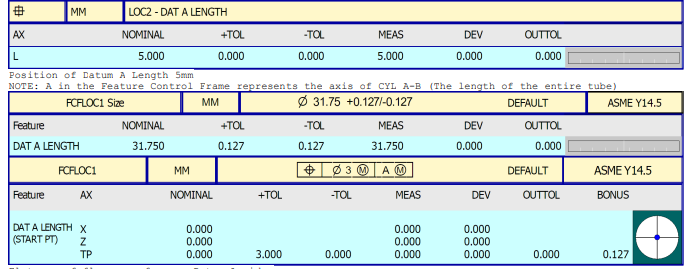
Your Products have been synced, click here to refresh
Your Products have been synced, click here to refresh


create A, then B open Datum Dialogue and select common datum check box, then select A and then B hit ok. now you have A-B
| © 2024 Hexagon AB and/or its subsidiaries. | Privacy Policy | Cloud Services Agreement |